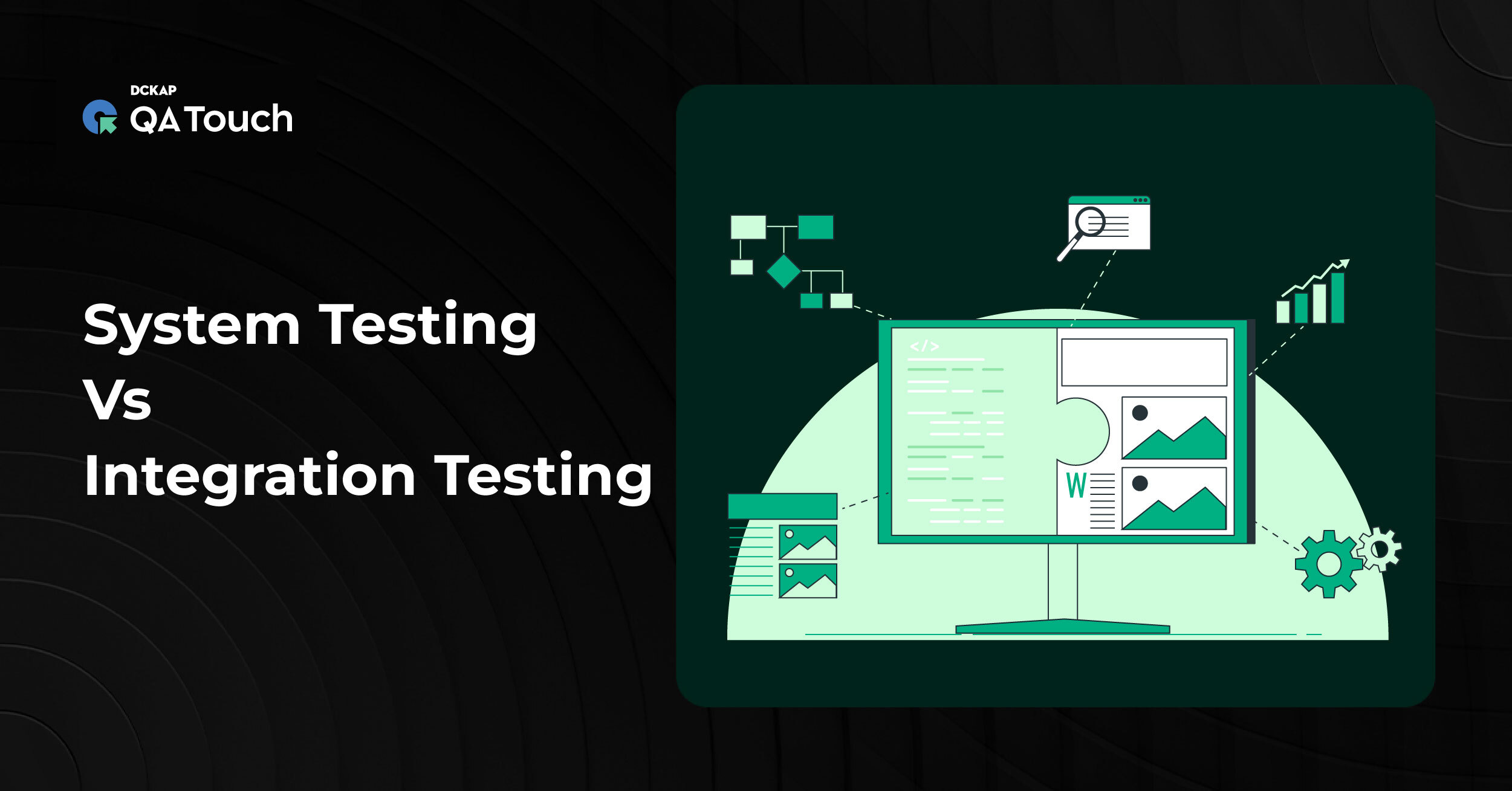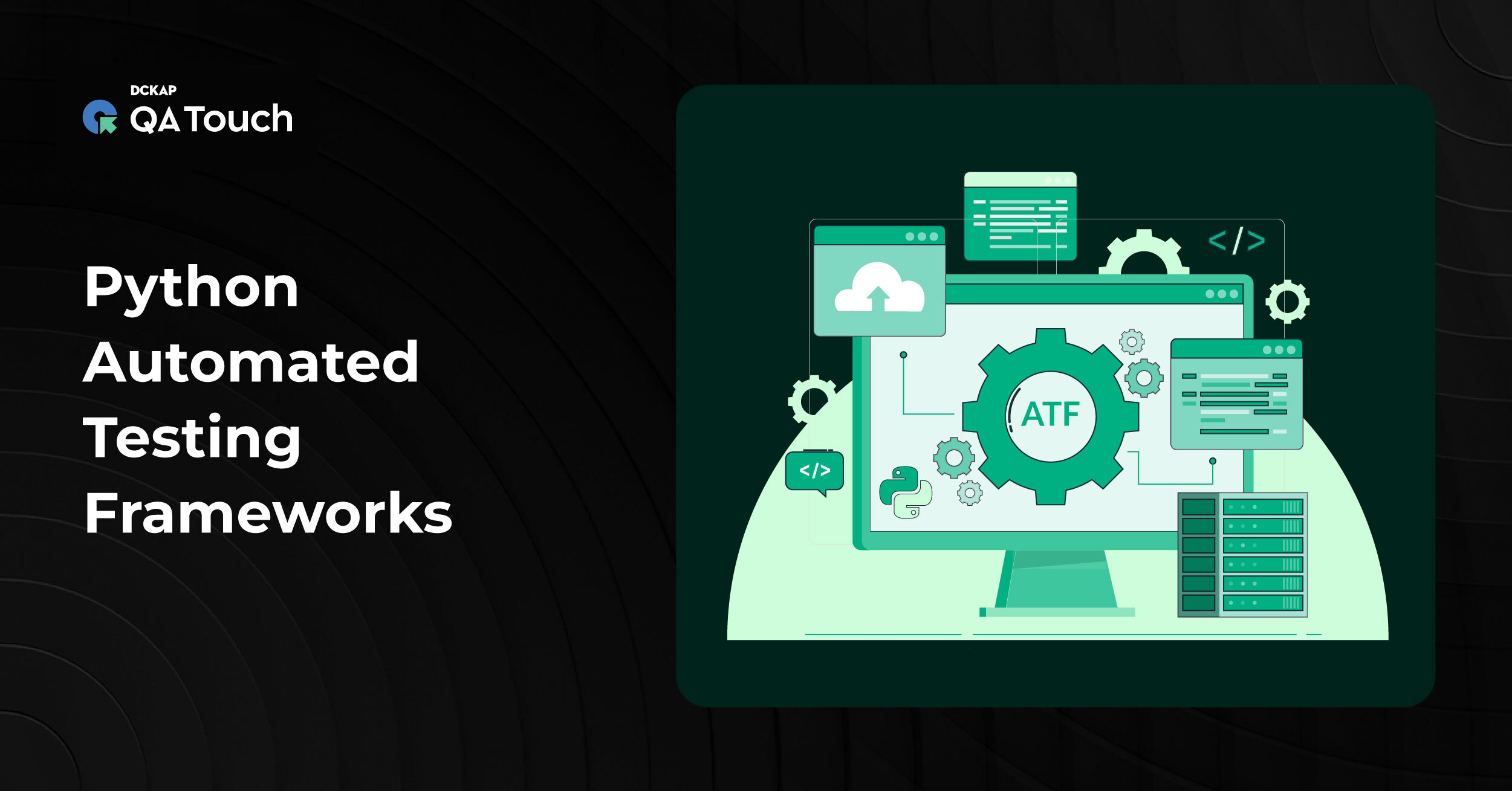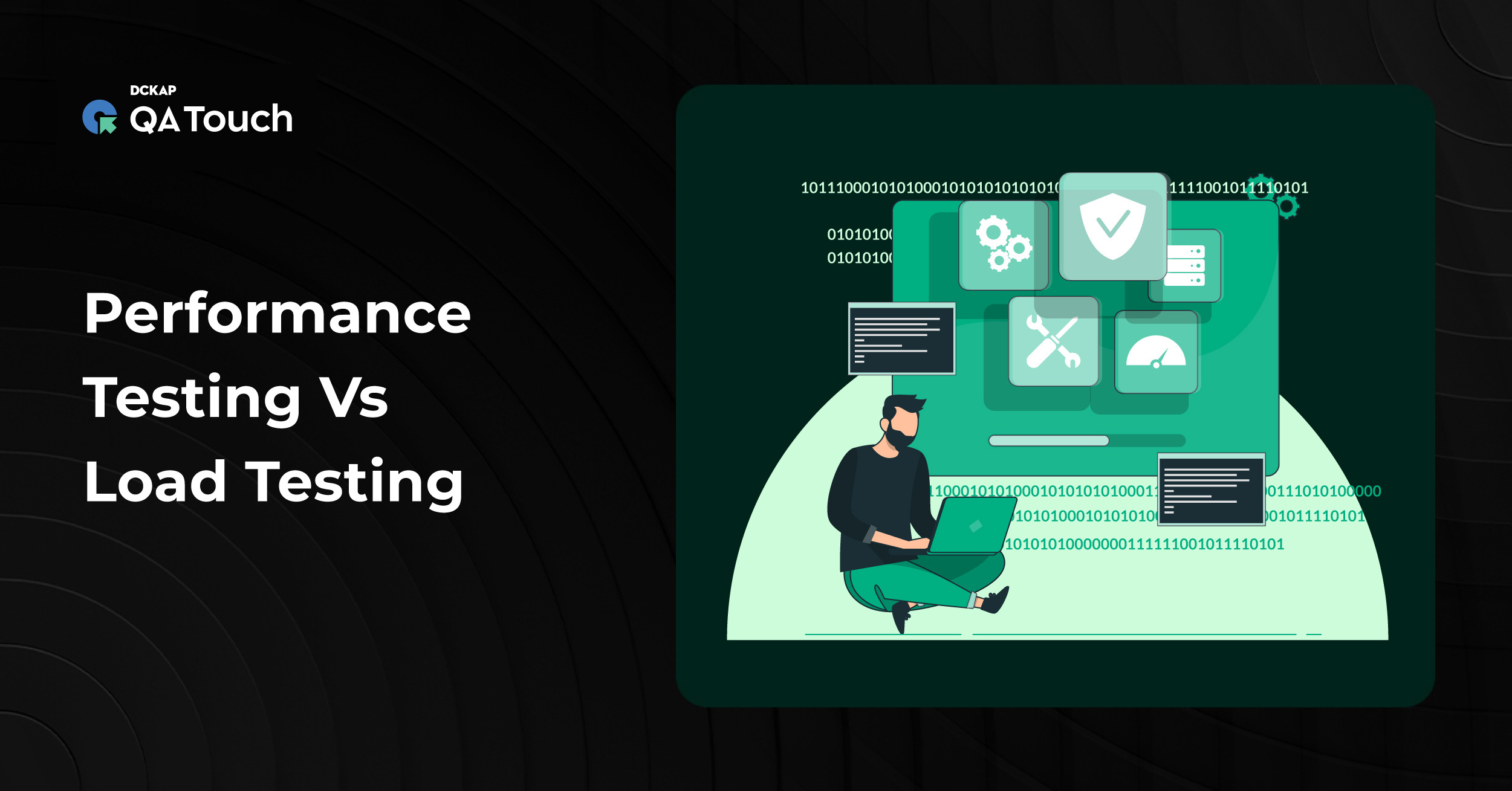React has become one of the most popular JavaScript libraries for building interactive user interfaces. Its component-based architecture, reusable code, and virtual DOM make it a perfect choice for developers creating modern web applications. Companies like Facebook, Netflix, and Airbnb have built robust applications using React, proving its ability to handle even the most complex user interfaces.
However, developing applications with React is not just about building components—it’s also about ensuring those components behave as expected. This is where testing comes in. Testing helps developers catch bugs early, ensure code quality, and maintain code stability, even when making changes.
In this blog, we will explore 15 of the best React testing libraries for developers in 2025, helping you choose the right tools for your projects.
What are React Testing Libraries?

React testing libraries are tools designed to help developers test their React applications effectively. These tools allow you to write, run, and automate tests for different parts of your app, ensuring that the code works as expected.
They simulate user interactions, verify the behavior of components, and ensure that the application is free from bugs. Whether you’re testing the functionality of individual components, entire pages, or user workflows, React testing libraries provide an essential layer of confidence.
Why do you need a React Testing Library?

React testing libraries are indispensable tools for developers, offering various benefits that streamline the development process and improve the overall quality of applications. Here’s why using a React testing library is crucial:
1. Catch Bugs Early
By incorporating a React testing library, you can catch bugs early in the development cycle. Testing each component in isolation allows developers to identify issues before they escalate into larger problems. This reduces the chances of bugs making it into production, saving both time and effort later down the line.
For example, if a button component has a bug that prevents it from triggering the correct action, catching this during testing ensures it never reaches your end users.
2. Improve Code Quality
Writing tests helps improve the quality of your code. Testing forces developers to think critically about the behavior and structure of their components. As you write more tests, your code naturally becomes more modular, maintainable, and easier to understand.
High-quality code also means fewer bugs, better performance, and enhanced user experiences—critical factors in modern web applications.
3. Ensure Maintainability
As your React application grows, so does the complexity of maintaining it. Changes to one component can impact other parts of the application, making it essential to ensure those changes don’t introduce bugs. A React testing library helps ensure maintainability by catching regressions when new features or fixes are introduced.
Automated tests become invaluable in larger projects, where manually testing every component after each change becomes impossible.
4. Simulate Real User Interactions
React testing libraries allow you to simulate real-world user interactions with your application. You can test how a user would interact with buttons, forms, links, and other UI components, ensuring your app behaves as expected.
For example, using libraries like Cypress or React Testing Library, you can simulate a user clicking on buttons, entering text in forms, or navigating through pages to see how the app responds. This leads to more robust testing, as it focuses on real-world usage scenarios.
5. Confidence in Refactoring
Refactoring is an essential part of maintaining a healthy codebase, but it comes with risks—making changes to code without breaking functionality can be challenging. Having a comprehensive set of tests written with a React testing library gives developers the confidence to refactor their code without the fear of introducing bugs.
Testing libraries act as a safety net, ensuring that even after refactoring, your application continues to work as expected.
A Glance At The Best React Testing Libraries

Here’s a quick overview of some of the best React testing libraries for developers:
- Jest: Best for unit testing and snapshot testing with easy configuration
- Mocha: Best for flexible, customizable test setups with asynchronous support
- Enzyme: Best for testing React component internals with shallow and full rendering
- TestCafe: Best for cross-browser testing and end-to-end testing with simple setup
- Jasmine: Best for behavior-driven development (BDD), focusing on simplicity
- Chai: Best for expressive assertions in tests using BDD/TDD style
- Cypress: Best for fast, reliable end-to-end testing with real-time browser interaction
- Puppeteer: Best for headless browser automation and UI testing
- React Testing Library: Best for testing React components through user interactions
- Sinon: Best for mocking, spying, and stubbing external dependencies in tests
- Nightwatch.js: Best for simple end-to-end testing with WebDriver integration
- QUnit: Best for straightforward unit testing, especially in legacy projects
- Storybook: Best for visually testing and documenting UI components in isolation
- Ava: Best for fast, concurrent testing with minimal configuration
- Detox: Best for end-to-end testing of mobile apps, particularly React Native, with fast test execution.
15 Best React Testing Libraries: Detailed Comparison
1. Jest
Jest is a popular JavaScript testing framework developed by Facebook. It’s commonly used in React projects for unit and integration testing, with built-in mocking capabilities and a powerful test runner. Its simplicity and zero-configuration approach make it a favorite among developers.
Top Features:
- Snapshot testing for UI consistency
- Built-in mocking, spying, and stubbing
- Zero-config setup for React projects
- Automatic parallel test execution
When to Use: Use Jest when you want a full-fledged testing framework with easy setup for unit and integration testing, particularly in React apps. Ideal for both small and large projects.
2. Mocha
Mocha is a flexible JavaScript test framework that works well for asynchronous testing and is used for both server-side and front-end applications. Its modularity and extensive plugin ecosystem make it versatile.
Top Features:
- Highly customizable test environments
- Works seamlessly with other libraries (e.g., Chai, Sinon)
- Supports asynchronous tests with callbacks or promises
- Comprehensive test lifecycle hooks
When to Use: If your project needs flexible and customizable testing setups with strong support for asynchronous code, Mocha is an excellent choice.
3. Enzyme
Enzyme is a JavaScript testing utility developed by Airbnb, primarily for React components. It simplifies the process of rendering React components in tests and provides deep access to component internals, making it easier to test the output and behavior.
Top Features:
- Shallow rendering for isolated component testing
- Full DOM rendering for testing component interactions with the environment
- Supports lifecycle methods and state updates
- Integration with Jest and Mocha
When to Use: Use Enzyme if you need to test React components in detail, focusing on state changes and lifecycle methods. It’s great for complex components that require deep testing.
4. TestCafe
TestCafe is an end-to-end testing tool that simplifies cross-browser testing by eliminating the need for WebDriver or browser plugins. It runs tests in multiple browsers simultaneously with a simple configuration.
Top Features:
- Cross-browser testing without plugins
- Headless browser testing support
- Parallel test execution to save time
- Easy to integrate with CI/CD pipelines
When to Use: TestCafe is ideal for end-to-end testing in React apps, especially when cross-browser compatibility is important. It’s perfect for teams that want an easy setup for running tests on different browsers.
5. Jasmine
Jasmine is a behavior-driven development (BDD) framework used for testing JavaScript code. Its simplicity and extensive out-of-the-box features (like spies and assertions) make it a solid choice for both unit and integration testing.
Top Features:
- No additional dependencies required
- BDD-style syntax (describe, it, expect)
- Built-in spies and mocks for testing asynchronous code
- Runs in any browser or Node.js environment
When to Use: If you prefer BDD-style testing and want an all-in-one solution with no external dependencies, Jasmine is a great option for writing unit and integration tests.
6. Chai
Chai is a popular assertion library often paired with Mocha. It supports both BDD and TDD assertion styles and is highly expressive, making tests easier to read and understand.
Top Features:
- Multiple assertion styles (should, expect, assert)
- Works well with Mocha for a complete testing solution
- Easy-to-read, human-readable assertions
- Extendable with plugins for deep equality checks or promises
When to Use: If you’re already using Mocha or prefer a BDD/TDD-style approach to testing, Chai is the ideal assertion library to add to your stack.
7. Cypress
Cypress is a modern end-to-end testing framework that simplifies browser testing for developers. It offers real-time reloading and debugging, making the testing process faster and more reliable.
Top Features:
- Real-time reloading and time travel debugging
- Built-in waits for elements to appear
- Fast and reliable testing environment
- Test execution in real browsers, including headless mode
When to Use: Cypress is perfect for end-to-end testing with fast feedback cycles. It’s ideal for testing user workflows and UI interactions in React applications.
8. Puppeteer
Puppeteer is a Node.js library that provides a high-level API to control Chrome or Chromium browsers. It’s used for headless browser testing and UI automation.
Top Features:
- Headless browser automation for faster tests
- Control over network requests and page rendering
- Captures screenshots and PDFs for visual testing
- Can automate form submissions and UI interactions
When to Use: Puppeteer is great for headless browser automation, especially for UI testing or testing visual regressions in React apps. Use it when you need to test rendering and performance at the browser level.
9. React Testing Library (RTL)
React Testing Library focuses on testing React components from the user’s perspective. Rather than testing internal component logic, it emphasizes interactions and how components render to the DOM.
Top Features:
- User-centric testing approach
- Works well with Jest and other frameworks
- Simple API to query and interact with DOM elements
- Encourages best practices for testing accessibility (a11y)
When to Use: Use RTL when you want to focus on testing React components based on how users interact with them. It’s excellent for testing UI behavior rather than component internals.
10. Sinon
Sinon is a library for creating spies, mocks, and stubs in JavaScript tests. It’s used to test interactions with external dependencies and APIs without requiring them to be present.
Top Features:
- Spies, mocks, and stubs for isolating code
- Works with any test framework (e.g., Mocha, Jest)
- Simulates network requests and time-based events
- Powerful test utilities for mocking dependencies
When to Use: Sinon is ideal when your React application interacts with external APIs or services, and you need to isolate those interactions in your tests.
11. Nightwatch.js
Nightwatch.js is an end-to-end testing solution built on Selenium’s WebDriver API. It simplifies browser automation and testing for React and other web applications.
Top Features:
- Simple syntax for browser automation
- Integrates with WebDriver for cross-browser testing
- Includes built-in assertions and test runners
- Can run tests in headless mode for CI/CD integration
When to Use: If you need cross-browser automation and a Selenium-based tool, Nightwatch.js is a good choice for running automated UI tests.
12. QUnit
QUnit is one of the oldest and most battle-tested JavaScript unit testing frameworks. While not designed specifically for React, it works well for straightforward unit testing in both modern and legacy projects.
Top Features:
- Simple and minimalistic API for unit testing
- Runs in browsers or Node.js environments
- Works well with other testing libraries
- Great for testing legacy code
When to Use: QUnit is ideal for simple unit tests in legacy codebases or for developers who need a lightweight solution for straightforward tests.
13. Storybook
Storybook is a UI development tool that allows you to build, test, and document React components in isolation. It’s commonly used to create visual testing environments for component-driven development.
Top Features:
- Isolate components for testing and documentation
- Supports visual and snapshot testing
- Live previews of React components
- Extensible with addons for a variety of use cases
When to Use: Storybook is perfect when you want to visually test React components in isolation. It’s widely used in component-driven development workflows.
14. Ava
Ava is a minimalistic JavaScript test runner that supports concurrent testing, making it faster and more efficient. Its API is simple, and it works well for both unit and integration testing.
Top Features:
- Concurrent test execution for faster testing
- Minimal setup with a focus on performance
- Supports ES6/ESM modules and TypeScript
- Assertion library agnostic
When to Use: If you’re looking for a fast and efficient testing framework with minimal configuration, especially for large test suites, Ava is a great option.
15. Detox
Detox is an end-to-end testing library specifically designed for mobile applications, including React Native. It provides automated testing capabilities for iOS and Android platforms, allowing developers to simulate real user interactions and verify that their apps work as expected.
Top Features:
- End-to-end testing for mobile apps
- Automation with concurrency support
- Integration with CI/CD pipelines
- Cross-platform support
When to Use: Use Detox when you need to perform end-to-end testing on mobile applications, especially if you’re working with React Native. It’s ideal for ensuring your mobile app behaves correctly in real-world usage scenarios, such as navigation, user interaction, and data handling. Detox is particularly valuable when testing cross-platform applications and can be critical in continuous integration environments.
How to pick the right React Testing Library?
Choosing the right React testing library depends on your specific needs and project requirements. Here are some key factors to consider when selecting the best testing library for your project:
- Type of Testing: Identify the kind of testing you need—unit testing, integration testing, or end-to-end testing. Different libraries specialize in different areas. For example, Jest is ideal for unit tests, while Cypress is excellent for end-to-end testing.
- Ease of Setup: Some libraries offer a zero-configuration setup (e.g., Jest), while others require a more manual setup (e.g., Mocha). Choose a library that fits your team’s workflow and technical expertise.
- Community Support: Libraries with strong community support and active development (e.g., React Testing Library, Jest) tend to have more resources, plugins, and regular updates, making them more reliable in the long run.
- Integration with Other Tools: Consider how well the library integrates with your existing tools, such as CI/CD pipelines, linters, or other testing frameworks. Libraries like Cypress or Jest have strong integration capabilities.
- Performance and Speed: Performance can be crucial for larger projects. Some libraries like Ava focus on concurrent test execution for speed, while others prioritize accuracy and depth of testing.
- Test Writing Style: Choose a library that aligns with your preferred testing approach—whether it’s behavior-driven development (BDD), test-driven development (TDD), or user-centric testing. For example, Jasmine supports BDD, while React Testing Library focuses on user interactions.
Final Thoughts
React testing libraries are essential for delivering high-quality applications. Each of the tools mentioned above brings unique benefits and strengths, making it easier to catch bugs, ensure maintainability, and confidently refactor code. Choosing the right tool depends on your specific project needs, the complexity of your application, and your testing strategy.
QA touch offers a seamless way to manage your testing efforts, from test case creation to bug tracking. Additionally, QA Touch has built-in support for reporters in Cypress and TestCafe, allowing for easy integration of test results and reporting directly from your end-to-end test suites.
Ready to streamline your testing process? Start your 14-day free trial today.














